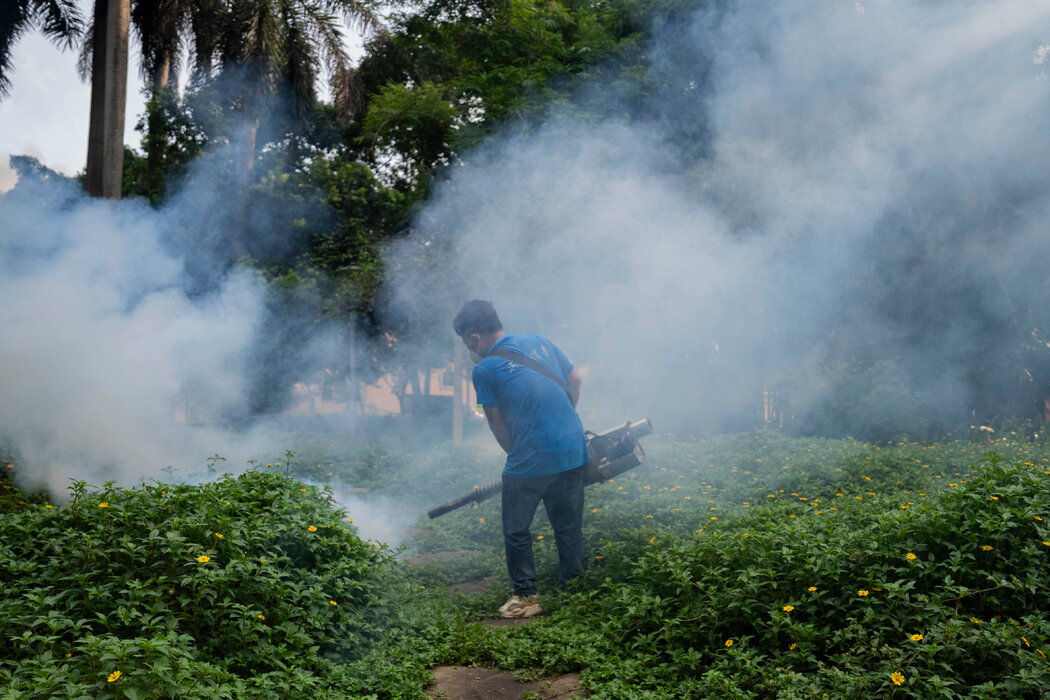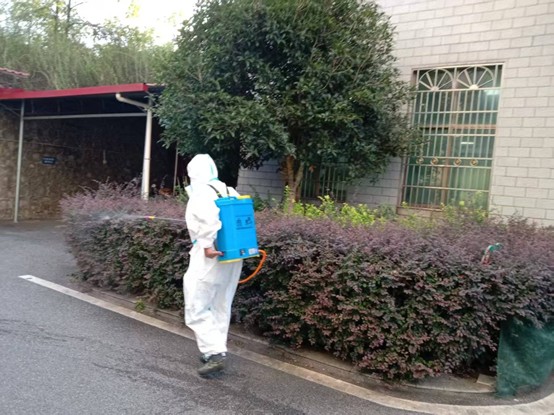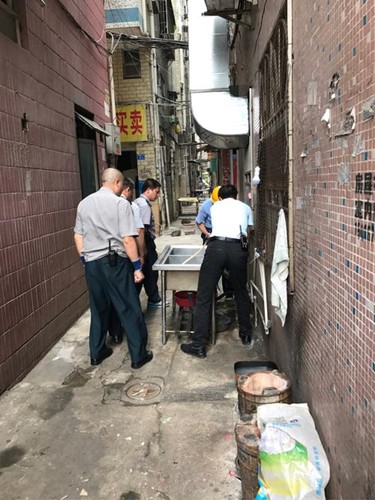Residents living in Guangzhou, Dongguan, and other cities in the Pearl River Delta may have recently noticed thick white smoke billowing through the streets, dense enough to obscure visibility like a smoke bomb. If you are seeing this for the first time, there’s no need to panic — this is a mosquito control method implemented by local governments. The smoke poses little harm to humans but is highly effective at killing mosquitoes. As a result, most areas affected by the recent chikungunya outbreak have been using this fumigation method to eliminate mosquitoes.

Since July 8, 2025, when the first imported case of chikungunya was detected in Shunde District, Foshan City, Guangdong Province, the outbreak has rapidly spread to multiple cities across the province. By the end of July, confirmed cases in Foshan alone had surpassed 4,000. Across Guangdong, the total number of cases exceeded 7,700, with the disease spreading to Guangzhou, Dongguan, Zhongshan, Shenzhen, Zhuhai, Jiangmen, Huizhou, Yangjiang, and other cities. As of early August, more than 8,000 cases had been reported, with the epicenter remaining in Foshan. The virus has also reached Hong Kong, Macau, and inland regions such as Hunan Province.
Chikungunya virus, first identified in Tanzania in 1952, is an alphavirus transmitted through mosquito vectors, primarily the Aedes aegypti and Aedes albopictus mosquitoes carrying the pathogen. These mosquitoes are typically most active in the early morning and at dusk, increasing the risk of bites during these times.

The virus has an incubation period of about 3–7 days after infection. Common symptoms include high fever (potentially exceeding 39 °C), severe joint pain (often affecting wrists and ankles, and in some cases persisting for extended periods), headache, fatigue, muscle aches, and rash. While most patients recover within one to two weeks, joint pain can last for months or even longer, and some may suffer long-term effects such as heart damage. The risk of severe illness and death is relatively low (mortality rate <1%), but infants, the elderly, immunocompromised individuals, and those with chronic conditions are more likely to experience serious complications that can be fatal.

In response to the outbreak, the Chinese government has drawn on experience from COVID-19 control and quickly implemented a series of measures:
Activation of a Level 3 Public Health Emergency Response: Cities including Foshan, Guangzhou, Dongguan, and Jiangmen have launched city-wide mosquito eradication campaigns lasting one to two weeks.
Drone-based insecticide spraying: Drones are deployed to efficiently target mosquito-dense areas with precision spraying.
Release of mosquito larvae-eating fish: This reduces mosquito breeding by lowering larval populations.
Community outreach: Staff visit households to conduct inspections and promote the removal of standing water and cleaning of mosquito breeding sites.
Introduction of predatory mosquito species (Toxorhynchites splendens) to reduce the population of Aedes mosquitoes carrying the virus.
Isolation and control of patients: Adopting strategies similar to COVID-19 containment, high-risk areas are placed under control, paired with public awareness campaigns and treatment guidance.
These measures have already shown initial results — in Foshan, weekly new cases have dropped from nearly 3,000 to 1,387.


